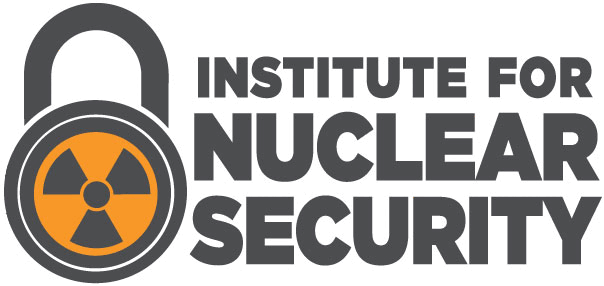Abstract
In 1957, when Adam Rapacki put forth the Rapacki Plan, the first nuclear weapon–free zone (NWFZ) proposal, the world had no idea this proposal would form one of international relations’ most critical subjects. Since then, authors such as Michael Hamel-Green, Ingemar Lindahl, Oluyemi Adeniji, Tad Daley, and Sverre Lodgaard have made scholarly contributions to elucidate the emergence of NWFZs in different regions that cover over 100 countries. Prior to the end of the Cold War, Ramesh Thakur edited a book, Nuclear Weapons Free Zones, that discussed the four NWFZs established before the Central Asian NWFZ. Thakur also organized the different scholars’ assessments of the existing obstacles to establishing four other prospective NWFZs in Northeast Asia, South Asia, the Middle East, and the Southern Hemisphere.
DOI
https://doi.org/10.7290/ijns088196
Recommended Citation
Ali, Iftikhar
(2023)
"Book Review of "Nuclear Weapons Free Zones: A Comparative Perspective","
International Journal of Nuclear Security:
Vol. 8:
No.
1, Article 1.
https://doi.org/10.7290/ijns088196
Available at:
https://trace.tennessee.edu/ijns/vol8/iss1/1
Creative Commons License

This work is licensed under a Creative Commons Attribution 4.0 International License.


